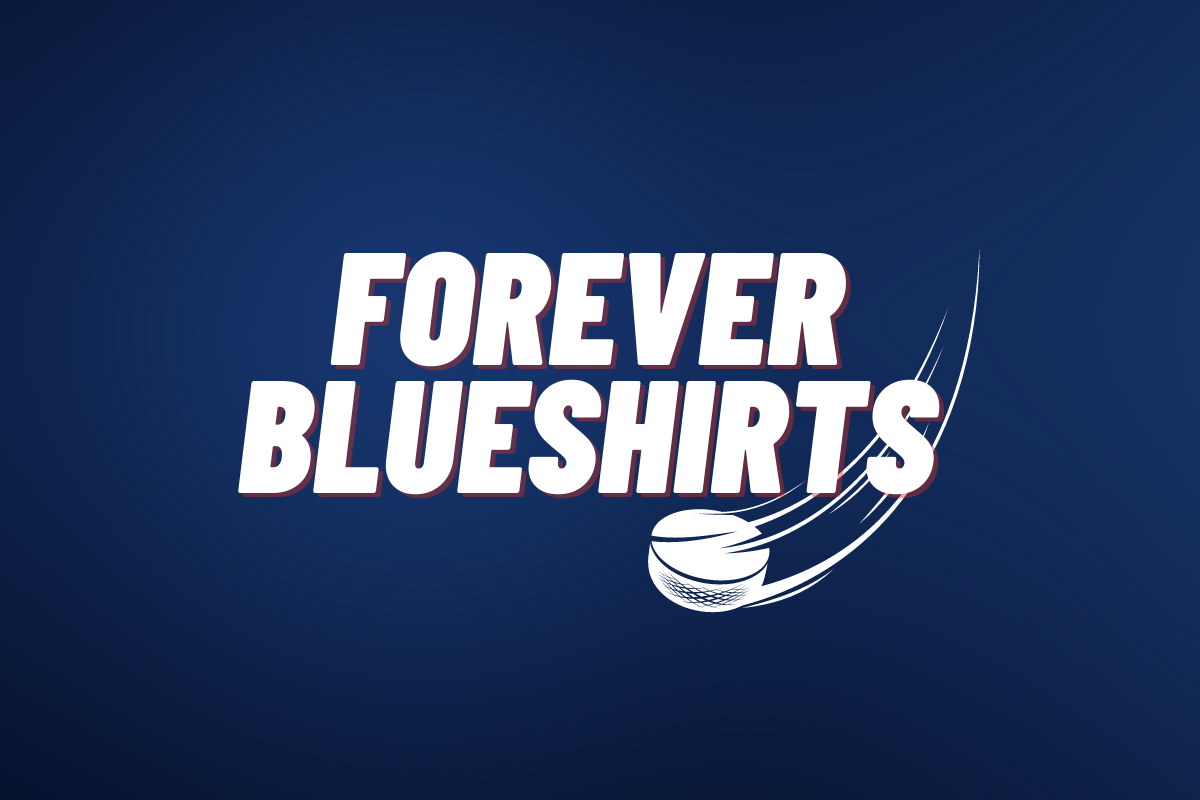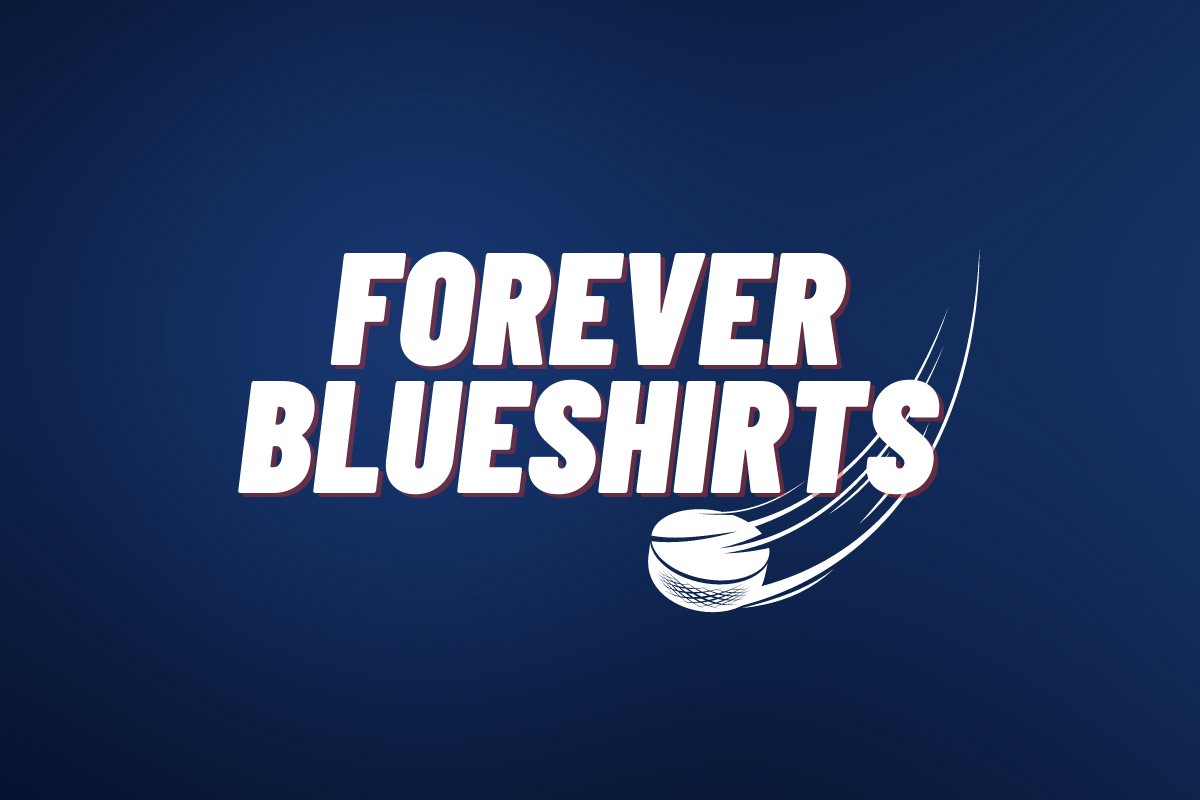What to expect from Mika Zibanejad next season

Almost every move made by Jeff Gorton this offseason has been based around Mika Zibanejad. Ironically, Zibanejad remains unsigned but the point remains. Trading Derek Stepan and overcoming his loss of production while overcoming Oscar Lindberg going to Vegas will rest a lot on the shoulders of Zibanejad becoming a number one center. Last summer mixed feelings were caused by the Zibanejad-Derick Brassard trade, however fans quickly saw the ability of the Stockholm native. It’s fairly simple, the New York Rangers offense will go as Zibanejad goes.
Tough Break

While missing a decent chunk of games Zibanejad still had a relatively productive showing tallying 14 G, 23 A and 37 P. Statistically speaking #93 showed a lot of promise and was big when the team needed it including scoring one of the biggest goals of his life in overtime of game five of the Rangers first round series against the Montreal Canadiens. The 24 year old probably would have had his second consecutive 50 point season if not for the injury. Should the New York Rangers find success this season, expect Zibanejad to have a career year around 60-70 points. A number one center has been something the Rangers have been seeking for years now and for their sake Zibanejad needs to become that.
Other keys
The most important part of Mika Zibanejad’s game last season was his faceoff skills. He was the only center with a better than 50 percent at the faceoff dot last season. The addition of David Desharnais helps for this season as he has consistently been good in the faceoff dot during his career with a win percentage of 50.5 percent. The faceoff dot was such a struggle for the team last season it cost them several games, especially in the postseason. In order for Zibanejad to be a number one center he must lead the team where it matters and one of those categories is certainly faceoffs.

If we take a look at number one centers around the league, they are consistently at or around the 50 percent threshold. If you take, for example, Tyler Seguin of the Dallas Stars, Jonathan Toews of the Chicago Blackhawks, Steven Stamkos of the Tampa Bay Lightning and John Tavares of the New York Islanders they are consistently winning their faceoffs. Seguin owns a career 50.2 percent faceoff win percentage, Toews an astonishing 56.8 percent, Stamkos with 47.9 percent (the lowest of the group) and Tavares with a 51 percent winning percentage. Zibanejad has a career 49.6 percent win percentage in the faceoff dot in his career so he’s right there with those guys.
The signing of Kevin Shattenkirk also plays into the season Zibanejad will be counted on to have. Shattenkirk can help the power play and Zibanejad remains a focal points of the Rangers powerplay. Very often, Zibanejad loved to take the shot or one-timer from the off wing. He has a powerful shot but needs to work on accuracy a bit. Should he perfect this shot both his stats and the team will benefit heavily. If we bring back Seguin, Tavares, Toews and Stamkos they have exceptional career power play stats.
Seguin has 131 career power play points, Tavares has 183 career power play points, Toews has 167 powerplay points and Stamkos has 205 career power play points. Zibanejad has 49 career power play points which in comparison doesn’t look great but he is the youngest of the group of centers and hasn’t always been on talented teams. For Zibanejad to ascend to number one center status he must become a threat every power play shift he takes.
Possibly the most important of these key points is consistency. Zibanejad must find it within himself to be the kind of play who can hit 70 points. Bringing back those four centers one last time, each can hit 70 points each year with no issues, maybe minus Toews because he plays a bit more of the two way game than the rest. If ZIbanejad can find the drive and consistency to hit 70+, the Rangers will reap the rewards.
As always keep it here on Fulltiltnyr.com and follow us at @FulltiltNYRBlog on twitter for all your Rangers news!
More About:New York Rangers Analysis






